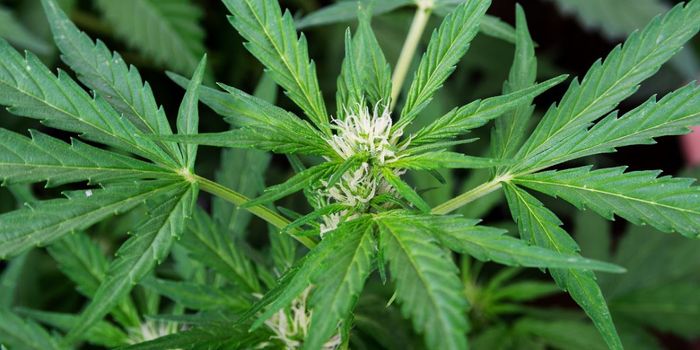Study Finds How Winter Day Length Might Effect Female Mood, But Overlooks Female Cycling
Our bodies worship the sun, bowing to its comings and glowings with our own ebb and flow of hormones, proteins, and genetic transcription. Short of equatorial living, humans have adapted to endure seasonal changes in daylight, called the photoperiod, by adjusting our behavior and biology.
A new study out of Vanderbilt University proposes photoperiod changes the activity of a major mood-regulating area of the brain, specifically in females. But does a need for methodological best practices undercut their findings?
Light governs our affective or emotional state, as evinced by the mood disorder with everyone’s favorite acronym: seasonal affective disorder (SAD). The female-identifying members of our species are 1.5 times more susceptible to SAD and also experience higher rates of other affective disorders, including Major Depressive Disorder and Bipolar Disorder.
The nucleus accumbens core (NAc) plays a role in processing pleasure and rewards. When this subcortical brain region receives dopamine from the ventral tegmental area (VTA), shifts in emotional state and behavior occur. This mesolimbic dopamine pathway has a substantial number of sex differences.
Researchers in Vanderbilt’s Grueter laboratory hypothesized in their recent eNeuro paper that “photoperiod may drive differences in modulation of NAc dopamine in males and females.” Since birth, their experimental mice experienced photoperiods resembling short, equinox, or long light cycles. Using fast-scan cyclic-voltammetry (FSCV), Jameson et al. examined the NAc’s dopamine signaling dynamics in these mice.
The authors concluded that photoperiod experience modulated the dopamine signaling of the female NAc. Long lumen-filled days elevated the “release and uptake of dopamine” in the NAc. The same was not true of males. A small sample size did not prohibit extremely low p-values in their two-way ANOVA.
What might call these results into question are some methodological missteps. The menstrual cycle, called the estrous cycle in mice, was not recorded in these animals. This is a surprising oversite given how cycling relates to many components of the study.
One is left to wonder why such a small number, of four to seven females per photoperiod, weren’t monitored for the estrus stage. Circadian rhythms tightly regulate the rapid estrous cycle of female rodents. In addition, the same VTA acting as a significant source of dopamine for the NAc demonstrates different activity levels in response to stress during different estrous stages.
With the estrous status of the female mice unknown, Jameson et al. leave the potential role of adult sex hormone fluctuations wholly ignored. After some lip service in their discussion section, the research group suggests that future studies focus on different developmental time points. This is despite citing an article on sex research strategies and methods and ignoring its explicit first step of “taking into consideration the reproductive cycle of the female.”
Also absent from the methodology is NAc sampling information, which might influence dopamine FSCV results. The group does not provide the location where the research group cut their 250-micron brain slices along the roughly 800-micron deep NA. Evidence suggests aspects of dopamine signaling diverge between male and female rodents within this heterogeneous brain region. For example, there is a higher density of large-spine heads on dopaminergic neurons on the rostral side of the female rat’s NAc . There also might be differences in the dopamine signaling between the sub-regions of the NAc of male and female mice.
These results point towards an explanation for a female tendency towards photoperiod-sensitive effects. However, by ignoring a major influence on female biology, these experiments are begging to be replicated right out of the gate.
Sources: Frontiers in Endocrinology, Endocrinology, Current Biology, Nordic Journal of Psychiatry, eNeuro, Nutritional Neuroscience, Brain Structure and Function









